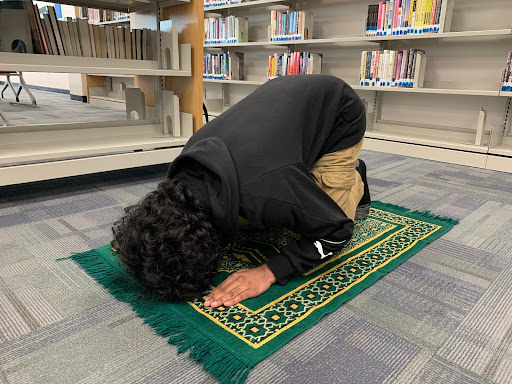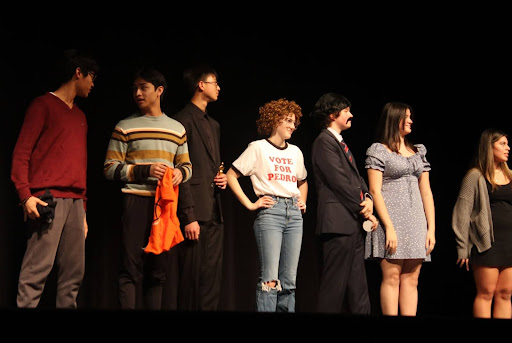Fairfax Connector
Photo courtesy of Elvert Bames
The Fairfax Connector driving around, heading towards West Falls Church.
October 12, 2016
Although it’s not the most popular means of local travel, the Fairfax Connector (a local bus service) has remained a reliable source of transportation throughout the years. Starting last year, students at WS were given the option to ride the Connector.
Students who decide to ride the connector have to fill out forms with the aid of their parents to apply for a free Connector service card. This is a card which allows students to ride the Connector for free when going to and coming back from school or other activities.
Many may wonder the need for this Connector option since students have the option of already riding the school bus.
“This provides students another means of transport if they’d prefer not to walk due to certain weather conditions,” said assistant principal Shannon Matheny.
Matheny acknowledged the fact that students who live within a mile of the school cannot ride the bus. Walking a mile to school in the snow is the last thing students would like to experience. About thirty students currently take advantage of this service. Each of which have stops well within a mile.
In addition, Matheny believes this can help students who work jobs after school as well.
“If you worked at Springfield Mall, for example, you could take the Fairfax Connector to your job after school without having to pay for it,” said Matheny.
Despite Matheny’s optimism in the current and future use of the Fairfax Connector option, some WS students have a different take on this service.
“The Connector is pointless since it still makes students walk and doesn’t drop them off directly at school,” said senior Kipper Whitley.
While the Fairfax Connector can be a useful service of transport for individuals with jobs, there is always going to be a drawback in bus stop locations. This can potentially mean for longer rides for adults who ride the Connector daily. In addition, students would only walk a slightly smaller distance to school due to the stops not being located directly at WS.
Regardless, this is a free service and considered to be a courtesy of the Fairfax County public. “This is a new way for the community to now partner with students,” said Matheny.
Since the Fairfax Connector gives nearly all WS students (ages 14 to 18) the option to utilize their transportation service, one cannot ignore the lack of experience a freshman could potentially have when dealing with a public service to that experience of a senior.
Students do not have to solely rely on the school bus. Instead, they can now choose the transportation method for which suits their needs best.
“Freshmen will obviously have a safety concern because they are younger and less experienced when it comes to dealing with people,” said senior Tarush Aggarwal
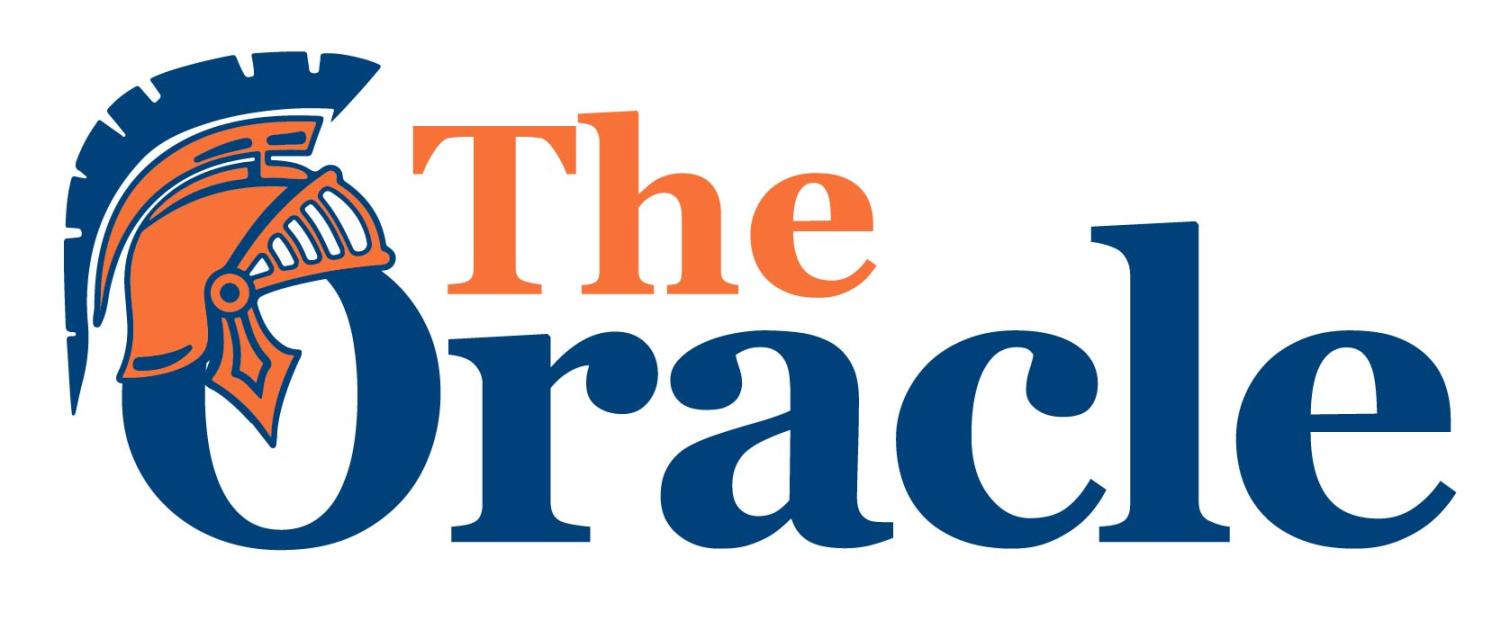

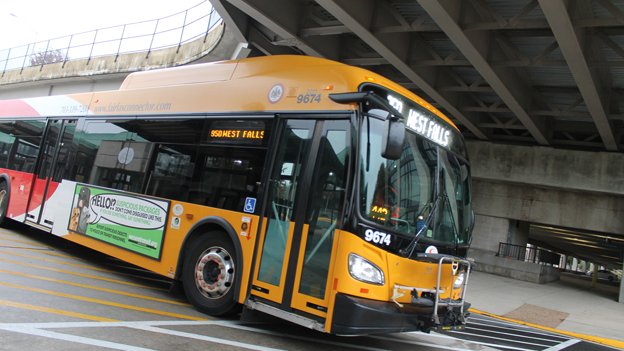




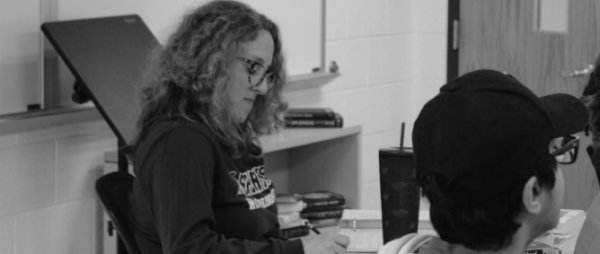

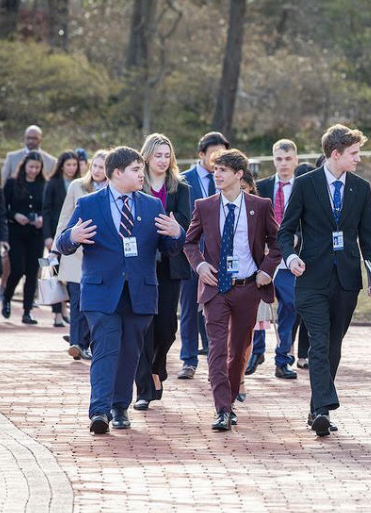

![“Smiles for Myles [is the idea that] happiness can be a long term thing for Myles,” said Buddies Club sponsor and disabilities teacher Madison McKenna.](https://theoracleonline.org/wp-content/uploads/2024/02/MylesArticleKeyPhoto-452x600.jpg)
